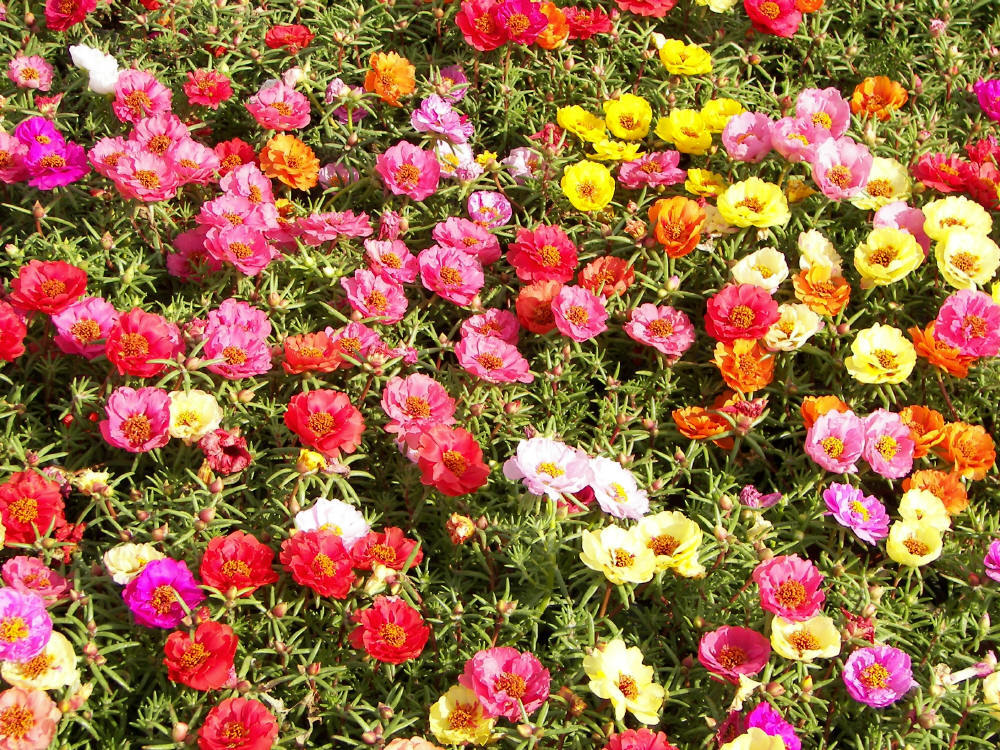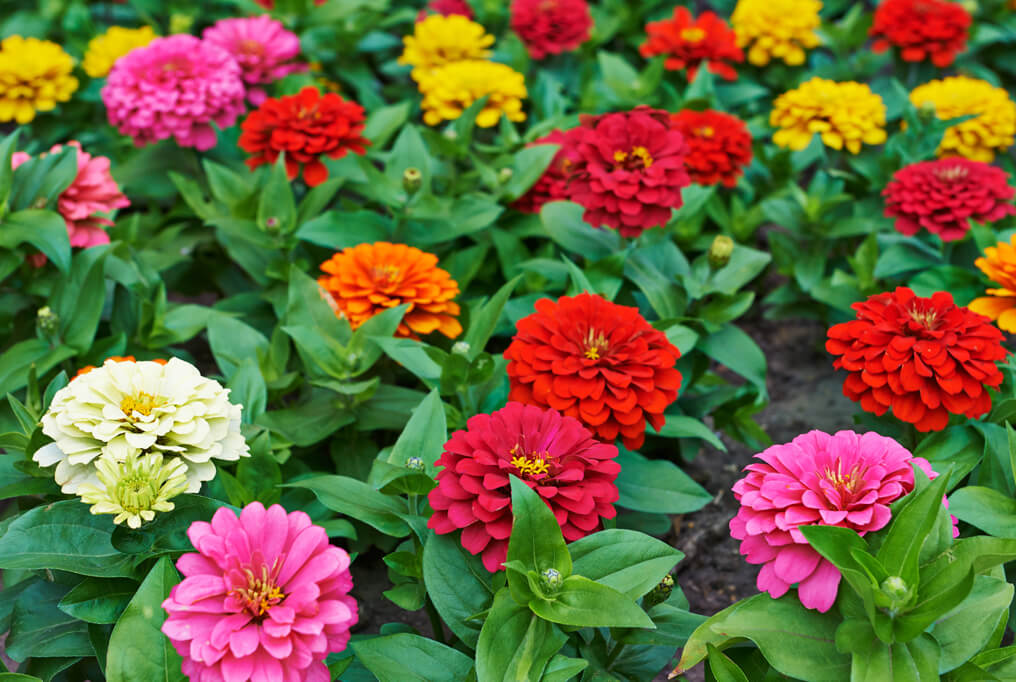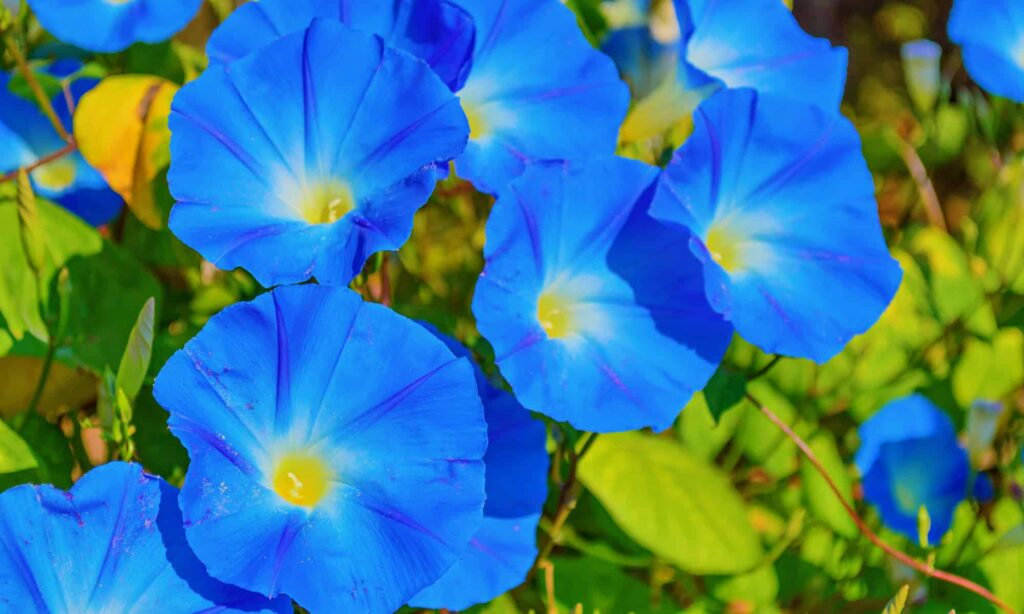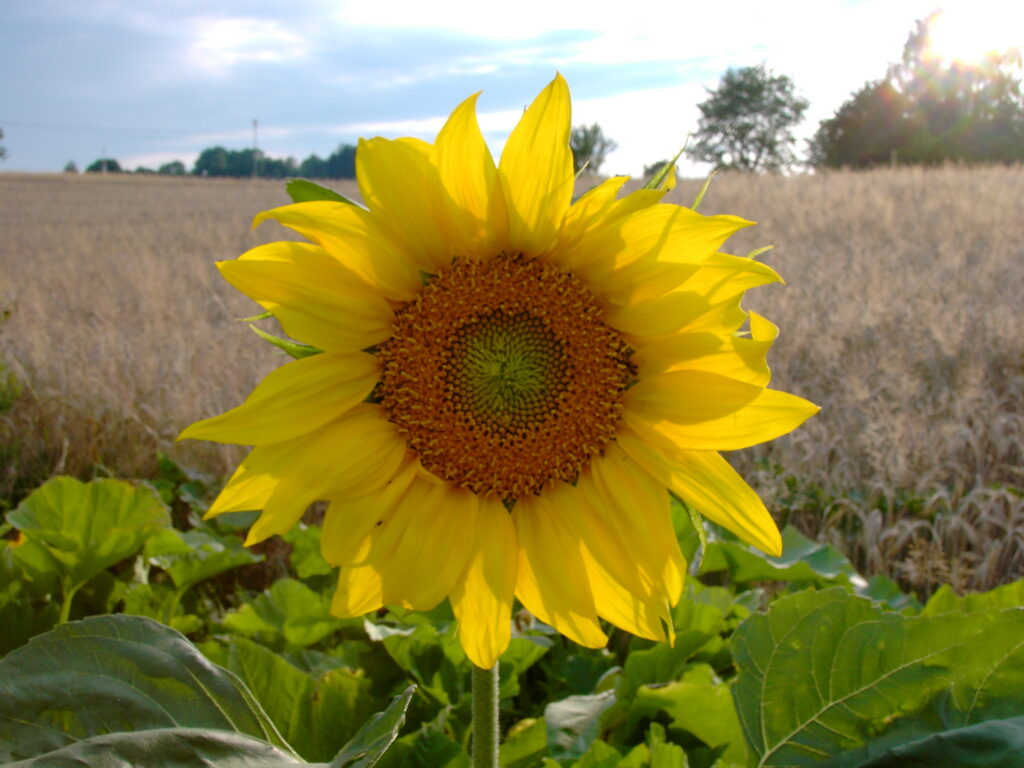Ad Blocker Detected
Our website is made possible by displaying online advertisements to our visitors. Please consider supporting us by disabling your ad blocker.
7. MOSS ROSE (PORTULACA GRANDIFLORA)

Moss rose is a captivating annual that elegantly sprawls across the ground and boasts impressive flower power. With its ruffled blooms that emerge in single, semi-double and fully double forms, moss rose comes in a variety of colors, including red, pink, orange, yellow, and white, and stays in bloom from late spring until the first frost. This beautiful plant’s fleshy, succulent foliage grows between 3 to 8 inches in height, giving it a unique and attractive appearance.
Native to the hot and dry plains of South America, moss rose is highly adapted to withstand heat and drought conditions. Once planted in a well-draining location, this low-maintenance plant requires minimal attention to thrive. Its rose-like flowers blossom fully in bright sunlight and close up in the evening, creating a stunning display of natural beauty throughout the day.
To grow moss rose, sow its seeds in the garden after the last frost date. As these seeds require light to germinate, it’s best to barely cover them with soil. In approximately 14 days after planting, moss roses will start to sprout.
Hardiness zone: 2 to 11 (annual)
Sun exposure: Full sun
Bloom time: June to frost
Attracts: Bees
8. ZINNIA (ZINNIA ELEGANS)

Zinnias are an excellent choice for gardeners seeking a fast-growing annual with a long blooming period that lasts from early summer to the first frost. With an impressive range of colors, heights, flower shapes, and sizes, zinnias come in a variety of forms – from fluffy pom poms to daisy-like, dahlia-like, or cactus-like flowers.
Whether you prefer single flowered, semi-double flowered, fully double flowered, giant flowered, or globe flowered options, or simply can’t decide, there’s a zinnia for everyone. Native to Mexico and the southwestern US, zinnias are some of the easiest plants to grow, tolerant of most growing conditions, and can thrive in periods of extreme heat and drought.
For optimal floral displays, plant zinnias in areas with full sun and good drainage. These resilient annuals can be sown directly in the garden after the last frost in spring, and will typically germinate in 5 to 24 days. Deadheading flowers when they start to fade will encourage more blooms, and make sure to save a few flowerheads to fully mature so that you can collect seeds for next year’s garden.
Hardiness zone: 2 to 11 (annual)
Sun exposure: Full sun
Bloom time: June to frost
Attracts: Birds, hummingbirds, and butterflies
9. MORNING GLORY (IPOMOEA SPP.)

Morning glories are the perfect choice for adding vertical interest and stunning color to any garden. These heart-shaped vines will eagerly grow up any support structure you provide them, from arbors and pergolas to trellises, walls, and fences.
With their deep-throated trumpet flowers, morning glories bloom continuously throughout the growing season, with each blossom opening in the morning and fading by afternoon. For a similar effect at night, consider the moonflower (I. alba), which blooms with large, white flowers after the sun goes down.
Growing morning glories from seed is a breeze – plant them in your garden once, and they’ll self-seed year after year. Popular varieties include the common morning glory (I. purpurea), blue morning glory (I. indica), and heavenly blue morning glory (I. tricolor). However, don’t overlook other interesting Ipomoea morning glories, such as the North American native wild potato vine (I. pandurata), which produces edible tubers and blooms with brilliant white flowers that feature a striking purple center.
For best results, plant morning glories in full sun with well-draining soil. While they can be invasive, controlling them is easy – simply pull up any unwanted seedlings in the spring.
Hardiness zone: 2 to 11 (annual) Sun exposure: Full sun Bloom time: June to October Attracts: Hummingbirds and butterflies
10. COMMON SUNFLOWER (HELIANTHUS ANNUUS)

The common sunflower is the quintessential sunflower, a towering plant that produces large, deep brown floral disks surrounded by a stunning array of golden yellow petals, creating a flowerhead up to 12 inches across.
This fast-growing annual is native to North America, where it self-seeds every year in plains, prairies, and meadows. With minimal care, sunflowers thrive in nutrient-poor and dry soils, making them a perfect addition to any garden. Plant sunflower seeds in a sunny spot after the last frost in spring and expect to see sprouts in roughly 7 days. Common sunflowers grow quickly, and their cheerful blooms appear in late summer when most other flowers have faded.
Make sure to save some seeds from your best plants to sow in the garden the following spring and keep the sunflower cycle going.
Hardiness zone: 2 to 11 (annual)
Sun exposure: Full sun
Bloom time: July to August
Attracts: Birds, bees, and butterflies. The common sunflower is a reliable source of nectar and pollen for pollinators, making it an important addition to any wildlife garden.

